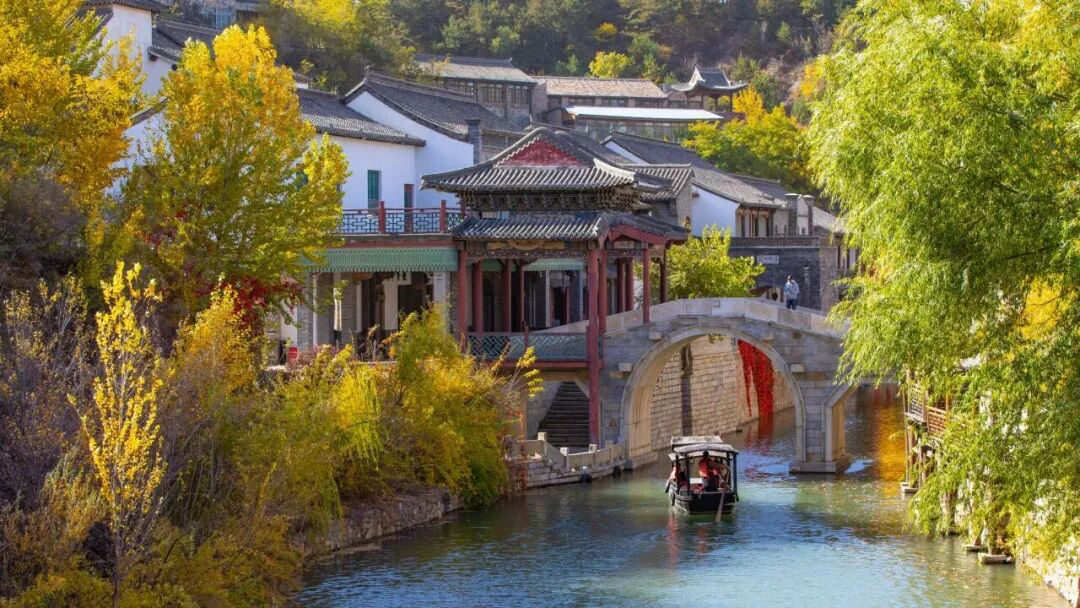From July 28th to August 12the, thirtieth annual Summer Olympic Games will be held in London, England. The games will undoubtedly bring a visual feast for everyone. In addition to watching the games, there is a figure worth mentioning that cannot be overlooked. That figure is the Olympic mascot.
Mascots are generally loved by people because of their unique image. They carry the concept of hosting the Olympic Games, communicate with the host city of the historical, cultural and humanistic spirit.

Throughout the history of the Olympic Games, the mascot fist appeared in the 1972 Munich Olympic Games. Thereafter it has become the main part of images within the Olympic Games. The 1972 Munich Olympic mascot WaldiWaldi of the 1972 Munich Olympic Games is a German hound with short legs and long body. It is the first official Olympic mascot of the Summer Olympic Games that represent the quick, tough and persistent characteristics of athletes. Waldi was made into souvenirs of various forms and sizes, such as plastics, plush toys, posters, and buttons and so on.
The mascots of Beijing’s Olympic Games were represented in six characters. They are known as the “Fuwa” and are Beibei, Jingjing Huanhuan, Yingying and Nini. These five Fuwa carry a message of friendship, peace and blessings from China to the children all over the world. These five Fuwa embody the natural characteristics of four of Chinese popular animals---the fish, the panda, the swallow, the Tibetan Antelope and the Olympic Flame.

They also embody the landscapes, the dreams and aspirations of people from every part of China. In the ancient cultures of China, there is a good tradition of spreading blessings through signs and symbols. Each of the Five Fuwa symbolizes a different blessing. Prosperity, happiness, passion, health and good luck will be spread to every continent as the Five Fuwa carry their invitation to Beijing 2008 to every part of the globe.
The mascot for London Olympics, Wenlock, is named after Shropshire town of Much Wenlock, which hosted a forerunner of the current Olympic Games. In the 19th century, Pierre de Coubertin was invited to watch the Wenlock games. This great game has inspired him, and thus he founded the modern Olympic movement. So far, the Wenlock game is still be held. Therefore, in order to remember the Wenlock Games, the London Olympic mascot is named “Wenlock”.

In the mascot’s head, there are yellow signs. It is said that it comes from the iconic taxi in London. Wenlock also wears an Olympic friendly bracelet. In fact, his eyes have the function of taking photos and it aims to witness everyone that comes to great him during the games. The chairman of the London Olympic Games Organizing Committee, Sebastian Coe, Branch said that the mascots were created for children.
“They want to combine children with sports together and tell Olympic stories that are proud by people. Wenlock will help children to grow up healthy,” he said. The mascots for the London Olympics and Paralympic Games are full of imagination and modern feels. Their hidden meaning behind the Olympic Games let the people of London see the respect and symbolic pride of this historic event.



